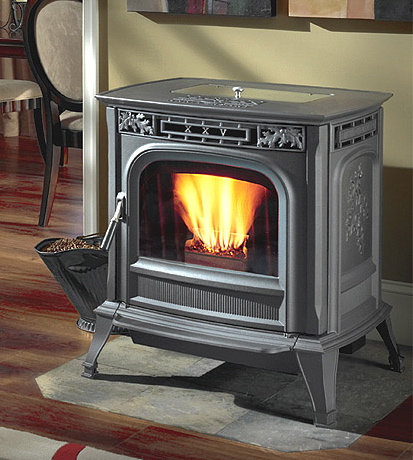
I resisted buying a pellet stove for a long time for a number of reasons. First, I would be tied to a fuel source that I don’t have control over — and whose price might go up if demand exceeds supply.
Second, pellet stoves don’t work without electricity, and I didn’t want to risk freezing pipes in the event of a power outage. Third, I don’t really like the noise of the fan and the blowtorch-like flame. Fourth, I had heard about technical problems with early pellet stoves. And fifth, good pellet stoves cost a lot.
While most of these concerns still apply, I went ahead a bought a pellet stove last summer.
Here’s why.
Unlike wood stoves, today’s advanced, thermostatically controlled, auto-igniting pellet stoves operate with very little intervention. Stacking firewood, bringing armfuls in from the woodshed every few days, and dealing with the mess aren’t required (though you still have to deal with bags of pellets — more on that below). So a pellet stove can operate more like an oil or gas heating system — by simply setting the thermostat. Pellet stove also generate much less pollution than wood stoves, which is important to me.
I still heat with oil and a wood stove in our house, but I installed a Quadra-Fire Mt. Vernon AE pellet stove in the apartment and home office above our garage. It’s given me a great chance to try out this technology. I provide some background and observations on pellet stoves — and pellet management — below.
These stoves have electric fans
Unlike wood stoves, pellet stoves use an electric fan to supply air to the combustion chamber. This fan-assisted combustion is cleaner and there’s no chance of smoldering. Rather than radiating heat passively from the surface of the stove, pellet stoves use a second fan to deliver heat by forced convection. This throws the heat further into the room, but it contributes to the noise concern and requires electricity. Pellet stoves have integral hoppers for storing pellets; mine holds 80 pounds (two bags worth) — enough for several days of typical use.
Pellet stove technology has developed considerably over the past five years. From what I’ve read and from experts I’ve talked with, the Quadra-Fire AE (Advanced Energy) pellet combustion technology is the most advanced on the market. My Mt. Vernon has performed flawlessly so far. I chose this pellet stove because of its ability to burn different fuels. The sophisticated programmable control allows you to burn such fuels as wood pellets, dried corn, sunflower seeds, etc.; programming in a different fuel changes the combustion conditions and fuel feed accordingly. If new fuels become available, such as grass pellets, I’ll be able to download a software upgrade to adjust the stove operation accordingly. This stove also allows me to regulate the blower speed, which can help to minimize noise, program in different temperatures for different days and times of day, and control the temperature swing (which influences how often the stove comes on). There is a lot that could go wrong though; I’ll see how it holds up.
What happens when the power goes out?
Many pellet stoves can now be configured to use battery back-up and operate even during a power failure. I purchased an optional $52 cable that I can clamp onto electrical contacts on the stove and attach to a DC automotive battery. I haven’t had to use this yet (having lucked out the ice storm this winter), but if that ice had extended to lower elevations I would have been very glad to have this option. With the DC back-up, the auto-ignite feature doesn’t work (that takes about 400 watts of electricity), but you can ignite the pellets with a gel available from pellet stove retailers.
As for the pellets, this heating season provided an important lesson. It turned out that I wasn’t the only homeowner who had decided to save money by putting in a pellet stove; lots of New Englanders did, and that resulted in a surge in demand for pellets.
Shortages occurred leading pellet dealers to ration their hard-to-get pellets and raise prices significantly. Bags of pellets I bought from Fireside True Value and Agway were coming from as far away as Alberta, Canada — with the very obvious transportation energy use! New pellet producers are coming online and problems with the closest producer — New England Pellet in Jaffrey, New Hampshire — have been fixed, so this is likely to be less of a concern in the future. But it will always be a risk — you can’t produce your own pellets.
Lots of plastic bags
I also struggled with the issue of buying pellets in 40-pound plastic bags and generating all that plastic waste. Pellet dealers are thinking about this too. My last pellet delivery was several 1,300-pound reusable “totes” that are delivered on pallets. I paid a deposit that I’ll get back for these totes. I use five-gallon buckets to carry the pellets upstairs to my pellet stove.
Larger users of pellets can install galvanized-steel, outdoor silos and get their pellets delivered in bulk — without requiring any plastic. (You can see one of these at the new senior housing facility on Route 35 in Townshend.) Soon, suspended fabric bags with bottom outlets designed for garage or basement installation may be available for those wanting to buy pellets in bulk. Note, though, that high summer humidity levels could cause problems with bulk pellets if they aren’t kept totally dry; one of the advantages of the 40-pound bags is that they’re tightly sealed.
As with any combustion device, proper installation and operation are crucial for safety. Accumulated ash and “clinker” have to vacuumed out of the bottom of the pellet stove regularly. Because this ash or clinker may be hot, a specialized metal vacuum cleaner with flexible metal hose is recommended for use with pellet stoves. Always follow the manufacturer’s instructions.
Weekly Newsletter
Get building science and energy efficiency advice, plus special offers, in your inbox.





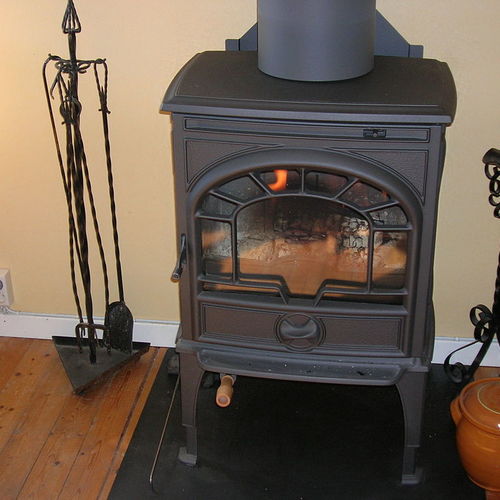
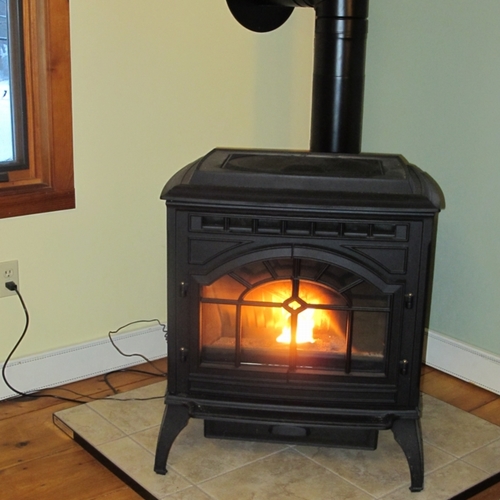
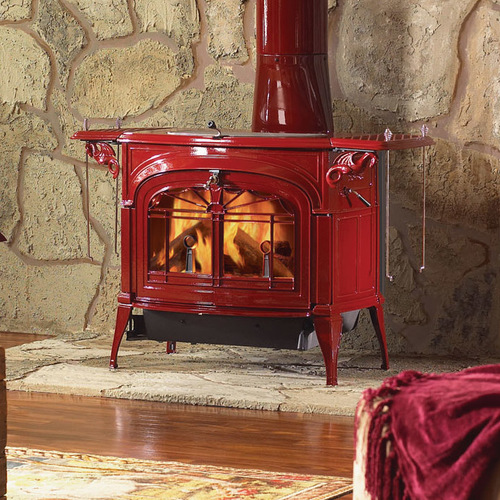
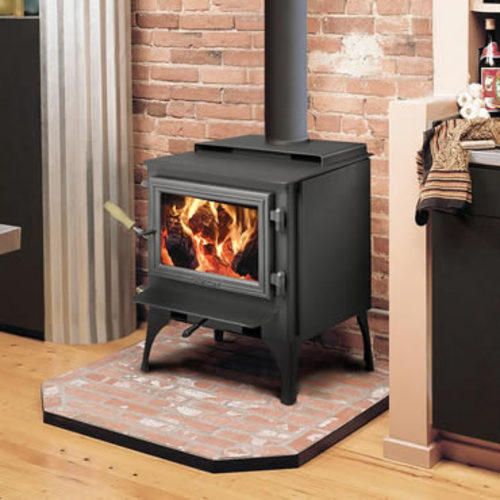






4 Comments
Unattended running?
I considered a pellet stove for my place as backup heat, but it has to be able to run unattended in the event I am away, and I don't see pellet stoves being able to do that through a power outage. This year we lost power for four days at one point. Instead, I have a propane gas fireplace/stove which only needs its microvolt thermostat and pilot lamp to be operational.
Pellets work just fine
We've been using pellets as our primary heat for some 8 years now, and there's little negative I can say about it. It's a reliable, low maintenance, and pleasant heat, and at a fraction of the cost of other heat sources. We buy two tons of pellets at the beginning of the cold-weather season here in New England, and that holds us comfortably through the winter. At $260 the ton (delivered), it's a bit less expensive than our neighbors who heat with oil at $2000-$4000 a winter. For the savings and the quality of heat, I can live with the minor downsides of fan-noise and occasional cleaning (once or twice a month).
As noted in the article, quality plays a big role with pellet heat, both with the stove and the pellets themselves. I have direct experience with Harman and Enviro stoves, and both are solidly built, reliable stoves. We only use New England Pellets, which provide low-ash, clean heat for the whole season.
Pellets made from pine
A local stress skin panel manufacturer here in northern PA backhauls pellets from the western US that are made from beetle killed lodgepole pine. Climate change has allowed the beetles to expand into high elevation areas where winter cold used to keep the beetles at bay. Now there are thousands and thousands of acres of dead pine in the mountains and pellets are made from these dead trees. It turns out there are more btu's in a pound of pine than in a pound of oak. One of my customers says they work great and seem to have a bit less ash than pellets made from hardwood.
Wood pellets
It is true that the wider the sources of fuel the more likely it is that people will look to wood pellet and pellet stoves in general as a viable alternative to home heating oil and propane.
However I still feel that there is a reluctance on the part of households to embrace wood pellet as some see it as less convienent than homeheating oil or in some way more expensive (which is not the case - well not in the long term anyway.)
From a household budget point of view the ideal scenario is if you can purchase your wood pellet now when prices are low as a hedge against increasing oil prices. People tend to close the barn door after the horse has bolted i.e. only look into wood pellet after the price of oil has shot up.
Log in or create an account to post a comment.
Sign up Log in